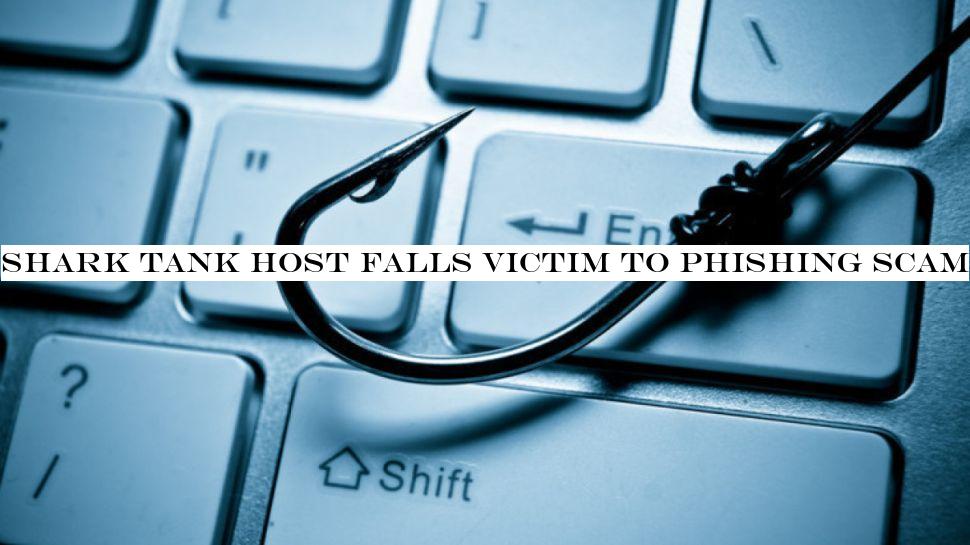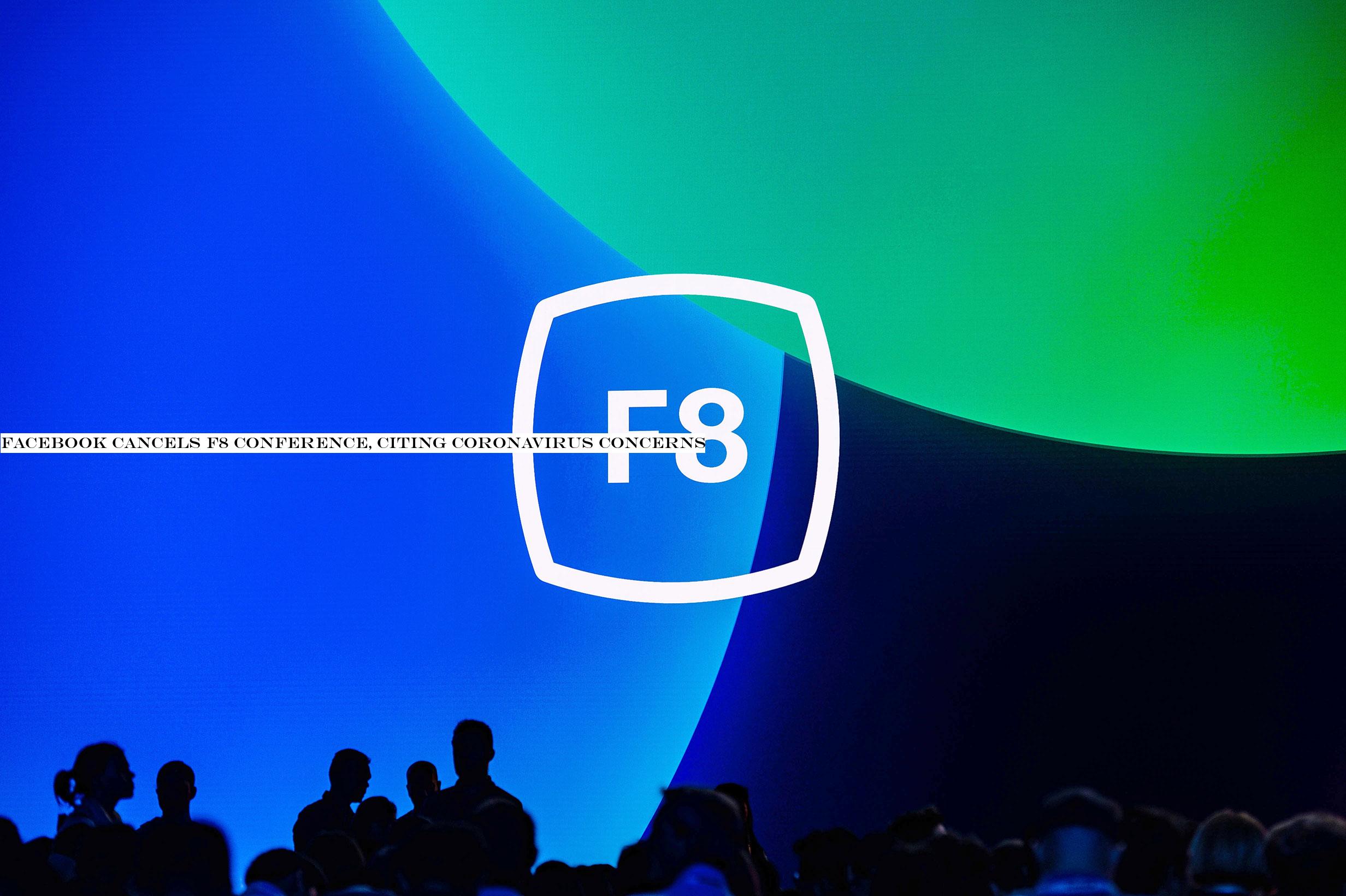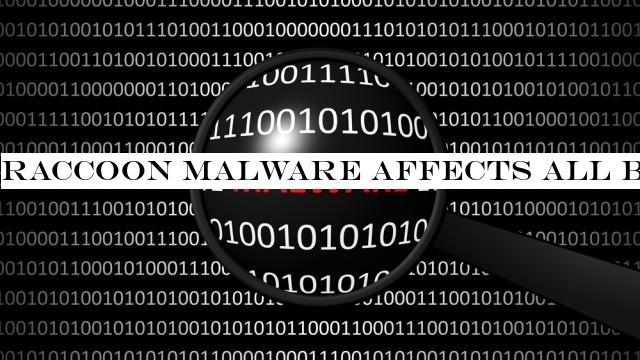Music
Trailers
DailyVideos
India
Pakistan
Afghanistan
Bangladesh
Srilanka
Nepal
Thailand
StockMarket
Business
Technology
Startup
Trending Videos
Coupons
Football
Search
Download App in Playstore
Download App
Best Collections
Technology

Xbox-maker Microsoft announced today that it will not have a presence at the Game Developers Conference in San Francisco this year, highlighting concerns surrounding the coronavirus outbreak.
The company made the announcement on its Game Stack Blog:
After a close review of guidance by global health authorities and out of an abundance of caution, we&ve made the difficult decision to withdraw from participating at Game Developers Conference 2020 in San Francisco.
Instead of holding a physical event at the conference, Microsoft says it will be holding an online-only event that week.
Microsoft is just the latest company to pull out from the conference, which is being held March 16-20. Other companies backing out include Facebook, Unity and Sony. Epic Games announced it would also be pulling out of the event Thursday.
Earlier this week, city officials in San Francisco declared a state of emergency.
The COVID-19 outbreak has already affected several large industry conference. Facebook also announced Thursday morning that it would be canceling its F8 conference. With such major players exiting GDC, one wonder whether the conference could face a similar fate to GSMAMobile World Congress which eventually had to cancel the mobile event outright after its major exhibitors all bowed out.
We&ve reached out to the folks behind GDC for comment.
- Details
- Category: Technology Today
Read more: Microsoft withdraws from GDC gaming conference over coronavirus concerns
Write comment (98 Comments)

Shark Tank's Barbara Corcoran has lost almost $400,000 to cybercriminals after her office recently fell victim to a phishing scam.
The incident began last week when Corcoran's bookkeeper received an email regarding an invoice related to a real estate renovation. Corcoran explained why her bookkeeper didn't find the email to be suspicious to PEOPLE,
- Details
- Category: Technology Today
Read more: Shark Tank host falls victim to phishing scam
Write comment (97 Comments)
Facebook has confirmed that it has canceled its annual F8 developers conference over growing concerns about the COVID-19 coronavirus pandemic.
More specifically, the company says itcanceling the &in-person component,& which would have been held in San Jose, Calif. There may still be video presentations, along with live-streamed and local events, under the F8 umbrella.
&Celebrating our global developer community at F8 each year is incredibly important to us at Facebook, but we won&t sacrifice the health and safety of our community to do so,& said Konstantinos Papamiltiadis, Facebookdirector of developer platforms and programs, in a statement. &Out of concerns around COVID-19, we&re cancelling the in-person component of F8, but we look forward to connecting with our developer partners through local events, video and live streamed content.&
The move follows the recent cancellation of the Mobile World Congress event, which was scheduled to happen this week in Barcelona. Meanwhile, a number of companies have pulled out of next monthGame Developers Conference, although organizers said yesterday that the event will be &moving forward as planned.&
&We explored other ways to keep the in-person part of F8, but itimportant to us to host an inclusive event and it didn&t feel right to have F8 without our international developers in attendance,& Papamiltiadis added in a blog post.
The official site notes that it will share additional details on the event &in the coming weeks.&
In order to mitigate the impact of the cancellation, Papamiltiadis said Facebook will be donating $500,000 (double the normal amount) to organizations working to make the tech industry more diverse, &and will prioritize organizations serving local San Jose residents.& He also noted that Facebook normally hosts local students as part of F8, so this year it will be providing them with &an F8-inspired experience& instead.
It remains to be seen what the fears around the disease will mean for other large tech events throughout the year; italready affecting the stock marketing and tech earnings. There have been more than 82,000 confirmed cases of COVID-19 in 47 countries, according to the World Health Organization, resulting in around 2,800 deaths so far.
Update: Both Google and Microsoft are also scheduled to host their annual developer conferences in May. We have asked both companies for statements. &Yes, Google I/O is still planned for May 12 & 14 at Shoreline and there&smore specific info here for people planning to attend,& Google tells us. &We&ll continue to monitor developments around COVID-19 and follow the best practices laid out by the CDC, WHO, and other relevant entities.&
From Microsoft: &Our plans to host Build 2020 remain unchanged. The safety of our employees is a top priority and we will evaluate the situation and adjust plans as necessary.&
- Details
- Category: Technology Today
Read more: Facebook cancels F8 conference, citing coronavirus concerns
Write comment (91 Comments)

The Hyundai A-League 2019/20 season is heating up and current champions Sydney FC seem unstoppable with a 13-point lead as the team dominates the top of the ladder.
Last year’s premier Perth Glory is also in finals form as the team from WA chases down the number one spot – but to lift the Premier's Plate again, they’ll need to muscle out Melbourne C
- Details
- Category: Technology Today
Read more: Hyundai A-League 2020: live stream every match online in Australia
Write comment (100 Comments)

While Spotify currently dominates the globe on the music streaming front, the Swedish company has made it clear it wants to overtake Apple and conquer the realm of podcasts too, and its latest money move has arrived in the form of new Spotify Original and Exclusive podcasts for Australia.
This time last year, the streaming giant dropped US$200
- Details
- Category: Technology Today
Read more: Spotify Australia just launched a swathe of original and exclusive local podcasts
Write comment (92 Comments)

Despite its expensive price and subscription-based business model, the Raccoon malware has grown increasingly popular among cybercriminals due to its ability to target at least 60 applications including most popular browsers.
The Raccoon infostealer, also known as Racealer, has gained a following on underground hacking forums as a result of its
- Details
- Category: Technology Today
Read more: Raccoon malware affects all browsers
Write comment (96 Comments)Page 1347 of 1414

 6
6





